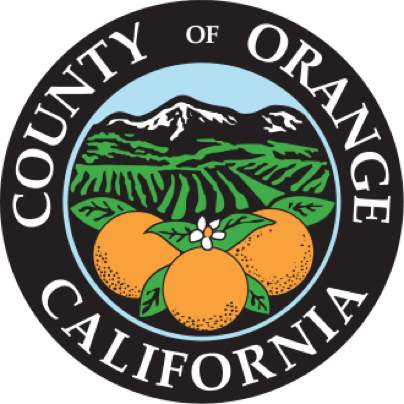Headlines

Drop-off Unwanted Medications Safely on National Take Back Day
(Santa Ana, CA) – The OC Health Care Agency (HCA) invites the community to participate in National Prescription Drug Take Back Day on Saturday, April 27, from 10 a.m. to 2 p.m. at convenient locations throughout Orange County (OC). The public is encouraged to remove unneeded medications from their...
Quick Links
By The Numbers
3.2M
Population
34
Cities
22
County Departments
17K
County Employees























